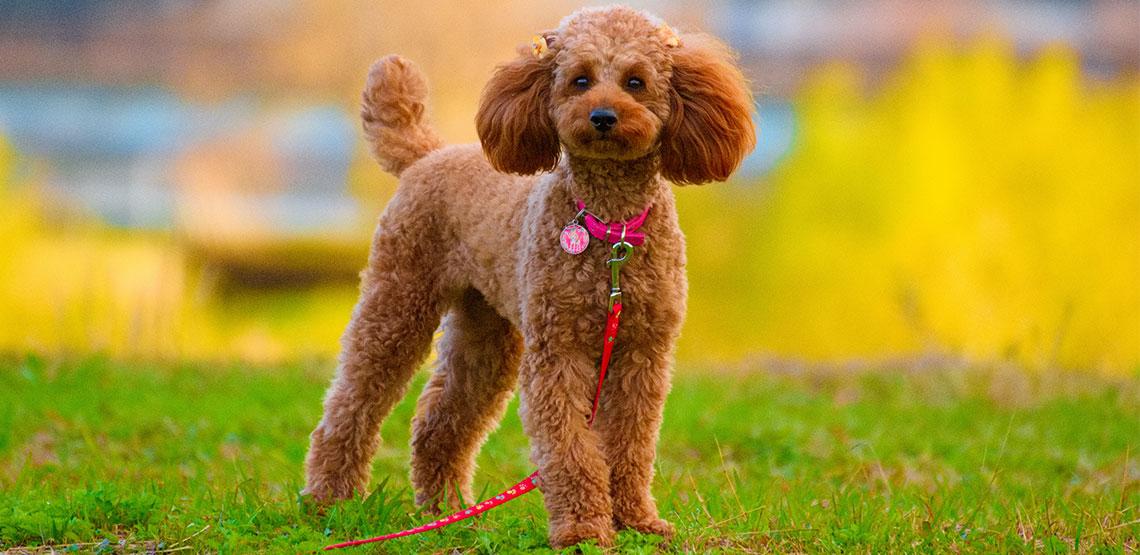A complete guide to poodles
The poodle breed is believed to have originated in Germany, but it's the classic French type that most people imagine when they think of these dogs. They are often thought of as small dogs, but there are actually three basic types of poodle: the standard (which can grow to be quite large), the miniature and the toy poodle. Some breeders claim to sell a type of poodle called a teacup poodle, but this is an unofficial size variation and the dogs that are sold as teacup poodles are usually just undersized toy poodles.
Appearance
Height: A standard dog is over 15 inches tall at its withers. A miniature one is between 10 and 15 inches tall at its withers. A toy poodle is 10 inches or less at its withers.
Weight: The typical standard poodle weighs between 45 pounds and 70 pounds. The average miniature poodle weighs between 15 pounds and 18 pounds. The average toy poodle weighs between 5 and 9 pounds.
Coat: Poodles have a single layer of curly fur that is constantly growing and prone to tangling. Without proper grooming (including regular haircuts), matting may occur. Coat color is even and may appear in many different shades, including white, black, grey, brown, cream and apricot.
Ears and Eyes: Ears hang close to the head at eye level. Eyes are dark and oval-shaped.
Tail: Poodle tails are typically straight and carried high.
Disposition
This dog is considered to be one of the most intelligent dog breeds. It was originally bred as a water dog and excels at many different tasks, including retrieving, tracking and herding. Poodles typically have a good-natured disposition. Some have described them as graceful or noble. Standard poodles are generally calmer than miniature poodles and toy poodles.
AKC Groups: Non-sporting (standard and miniature poodles) and toy (toy poodles)
Related Search Topics (Ads):
Training: Poodles respond well to the voice of a firm and consistent owner. They will sometimes disobey commands if they are uttered without confidence and authority.
Ideal Environment: These dogs are excellent around children, so they are great dogs for families. They are unsuitable for owners who travel regularly, as they do not handle being left alone well.
Health and Care
Feeding: Poodles are prone to bloat, so it is advisable to feed them two to three small meals a day, rather than one large meal.
Grooming: Because of their dense, curly fur, they require significantly more grooming than many other breeds of dog. Many owners choose to clip their dog's hair in order to make it easier to maintain. Poodles shed little hair, which makes them excellent pets for those with allergies.
Exercise: These dogs require regular exercise, but not as much as other breeds. A daily walk and occasional play time in the yard should be sufficient. Standard poodles require more exercise than small poodles.
Health Problems: These dogs are at risk for several genetic diseases, including hip dysplasia, and various eye conditions, including retinal atrophy and cataracts.
Average Lifespan: Poodles live, on average, for 12 to 15 years. Some have been known to live for 20 years.
Buying a Poodle
The best place to buy this pet is from a reputable poodle breeder. The average cost is around $1,000. Better yet, you could consider adopting a poodle from an animal shelter or other animal rescue organization.
